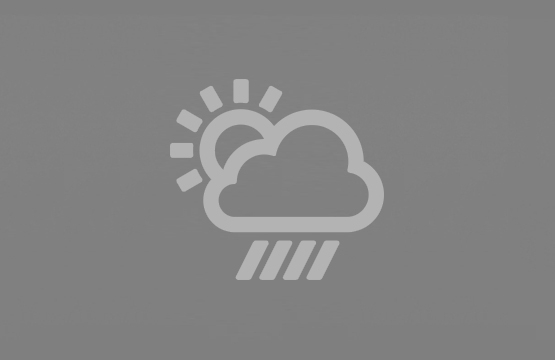

Now, this seems like a strange topic to talk about in relation to infrared, but if you travel for your work you understand how important checking the weather is!
I have been fortunate (or unfortunate in some cases!) to have the opportunities to explore much of this great country of ours. From Alaska to the Florida Keys, from upstate New York to southern California, I’ve seen it all and in all of the seasons. I live in the central part of the United States, so we get all kinds of weather from record colds to triple digit summers. Dressing for the season as a thermographer is not new to me as well as packing for a trip to other inspection locations with varying climates from where I live.
The old Boy Scout motto of “be prepared” is great except when the airlines charge you for each bag you check. Plus extra if those bags go over the weight limit. Hence, packing for a weeklong trip into the Virginia coal mine country in the fall is no easy task! Around home, the weather is mild. Light jacket or heavy shirt is all that is needed. However, I have made the mistake of not checking the weather at the location I was traveling to for an inspection and I failed to pack the correct gear. I recently checked the weather in Wise, Virginia. Wise a good-sized town right in the middle of the coal mining area. I was working there for a week or so. The area I was working in was about a two-hour trip from Wise, and I overlooked this fact when I checked the weather. The weather was forecasted to be dry with lows in the mid 40’s and highs in the mid 60’s. That’s pretty good news considering I can get everything into one bag; aside from my PPE that I carry separately. However, being a “flat lander” I didn’t realize from one side of a mountain to the other the weather could drastically vary. It could be bright, dry, and sunny on one side of a work site and a monsoon on the other side.
The locations I was working while in coal country were a combination of mine sites and coal preparation plants covering an area stretching from a ½ acre to 50 acres. With walking being the most common form of transportation on the site, dressing appropriately was crucial. These trips included both electrical inspections (including the incoming power and all substations) and mechanical inspections (including all conveyors, silos, and dump stations). In other words, about 50% or better of the work was outdoors. Some sites had the perfect conditions to work outdoors with sun and little to no wind and dry. Then other sites had near monsoon situations. I was soaked to the bone from simply walking building to building. Some of the outdoor equipment was covered so at least I could get out of the rain for a few minutes before heading to the next item on the route. At another location on this particular job there was thankfully no rain, but it was only just above freezing and I did not have a coat, just a light jacket (which was now soaked!). Thus, you’ve got a thermographer that is totally soaked and also freezing his rear end off.
This went on for the entire week. Except for the times I actually was in Wise, Virginia, where the weather was exactly as forecasted. GO FIGURE! Therefore, there are two very important things to take into consideration. Always check the weather of exactly where you will be performing your inspections – it’s best to be prepared for any weather that will be thrown at you. Also, don’t skimp on packing simply to avoid going over the weight limit for the bags you are packing. At the time, you may think the extra gear is unneeded but it’s always much better to be over prepared than under prepared!
Lesson learned - check the local forecast for all of the locations you will be working in.